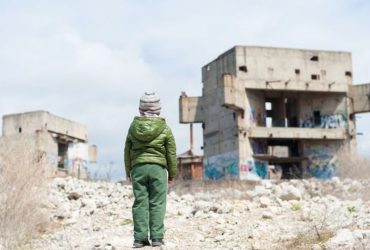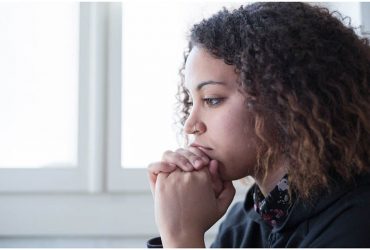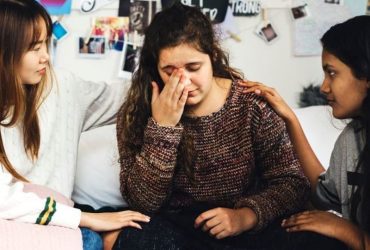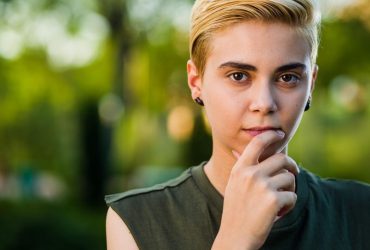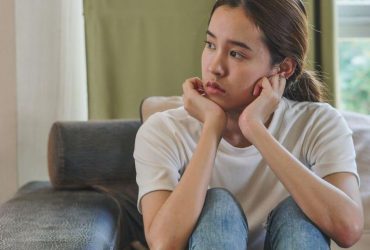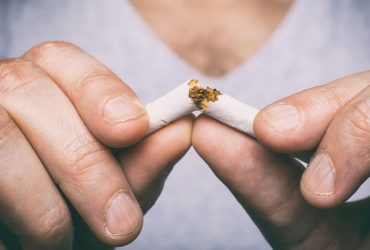Elevated disorder onset risks persisted for more than two decades if conflict continued, but did not persist after termination of hostilities
Findings show feasibility and acceptability among undocumented immigrants
Positive childhood experiences associated with reduced risk for fair or poor adult physical health, mental health issues
Children aged 12 to 17 years were more likely to have received any mental health treatment than those aged 5 to 11 years
Higher use seen among males, White people, and those from higher socioeconomic backgrounds
Benefits seen in neuroimaging, problem-solving, as well as depression, anxiety symptoms
Reduction seen in posttraumatic stress disorder symptoms, and significant decreases seen in anxiety and depression
Lower odds of services seen in rural areas, public facilities
Children with previous mental health service use, non-Hispanic Whites have higher odds of service use after injury
Decreases in depression, anxiety seen, particularly in people with history of mental illness


